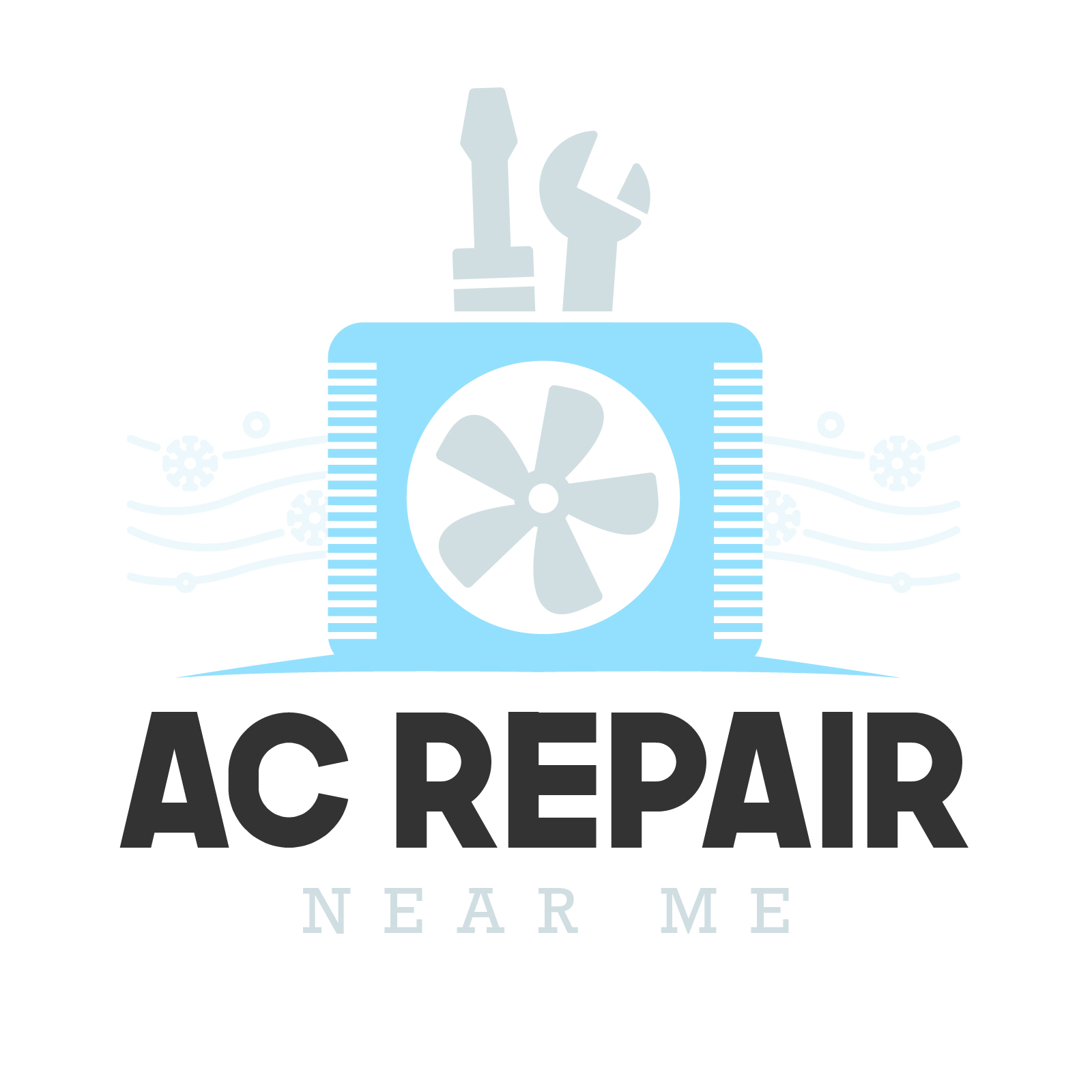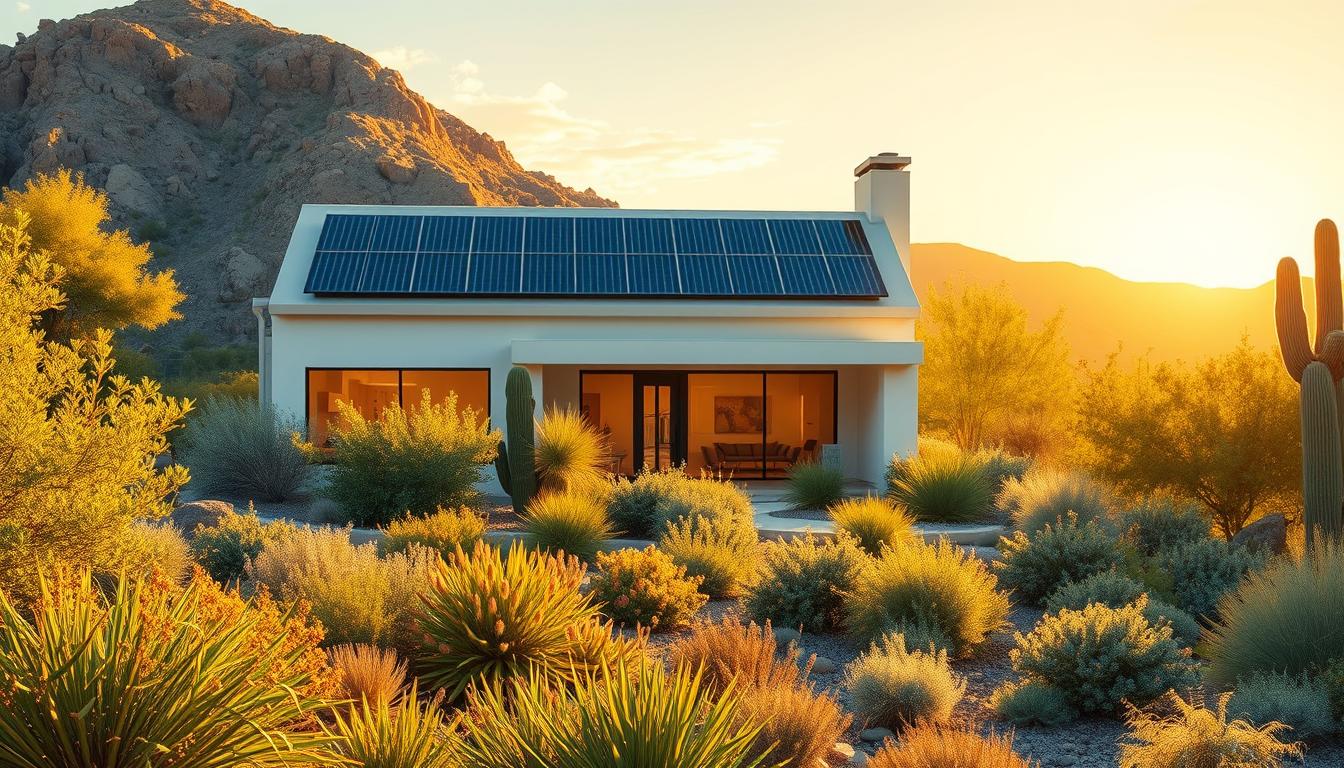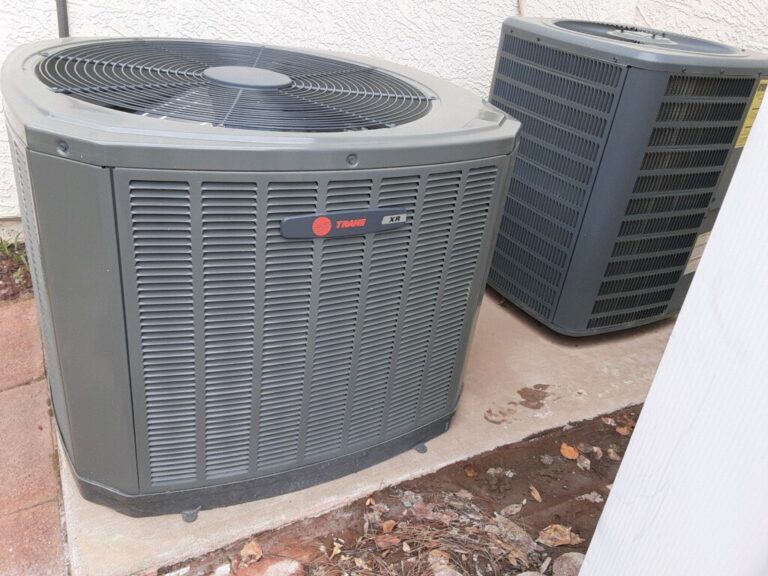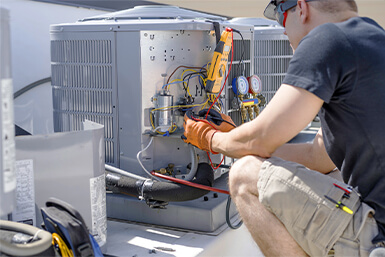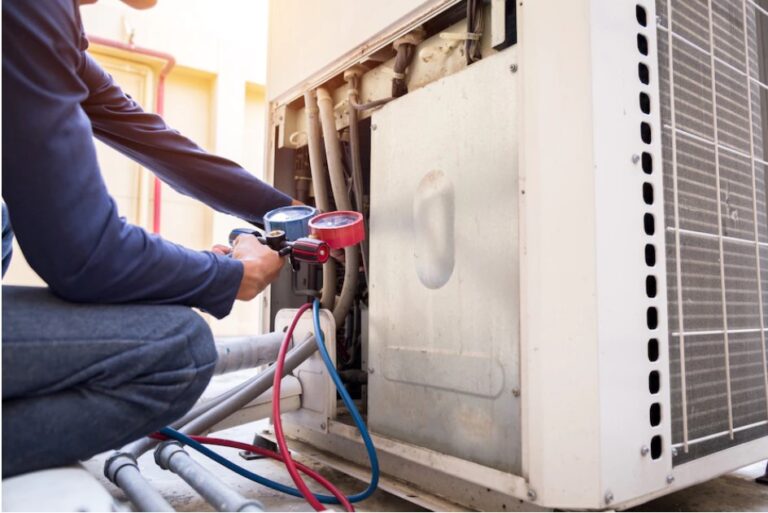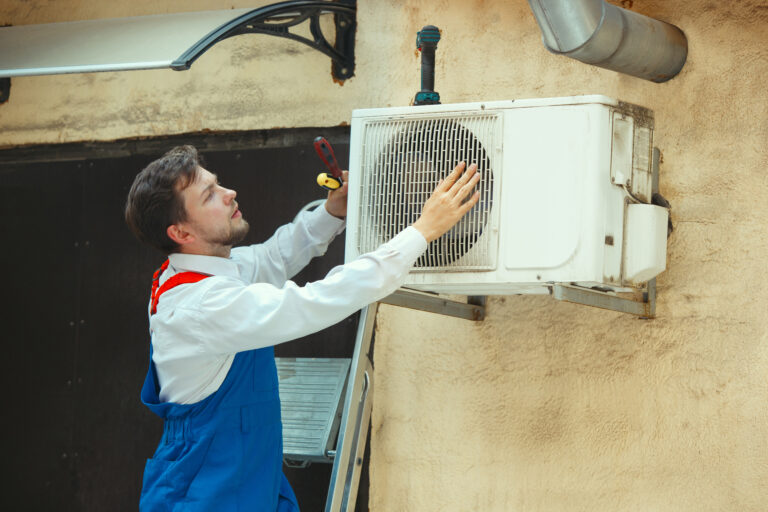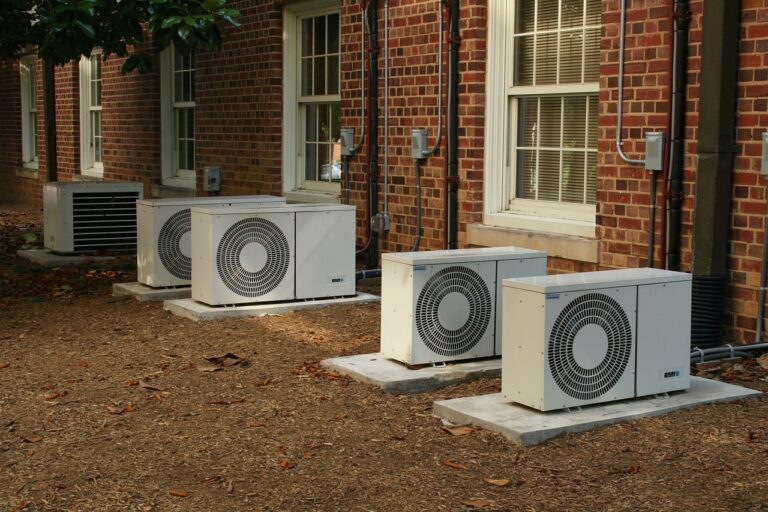AC Rebates in Arizona: How to Qualify and Save Big
Arizona’s extreme climate makes air conditioning a necessity, but it comes with a hefty price tag. Air conditioning accounts for 40%-50% of summer energy bills, according to Energy.gov. This significant expense can be mitigated with the right strategies.
Upgrading to an energy-efficient air conditioning system can lead to substantial monthly savings and potentially $1,125 back on the initial investment through various rebate programs. Residents can tap into local utility rebates, such as SRP Cool Cash™, and federal tax credits through the Inflation Reduction Act.
Understanding the qualification requirements is key to maximizing these incentives. By combining rebates, tax credits, and reduced energy consumption, homeowners can achieve significant savings.
Key Takeaways
- Air conditioning accounts for a significant portion of summer energy bills in Arizona.
- Upgrading to energy-efficient systems can lead to substantial savings.
- Various rebate programs and tax incentives are available for Arizona residents.
- Local utility rebates and federal tax credits can significantly reduce the cost of new installations.
- Understanding qualification requirements is crucial for maximizing available incentives.
The Impact of Air Conditioning on Arizona Energy Bills
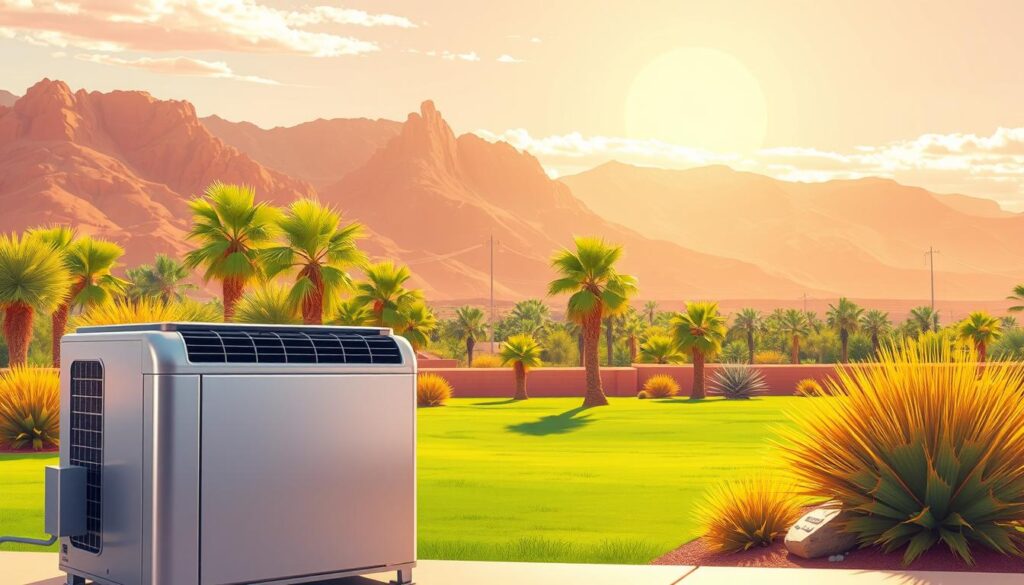
With temperatures soaring in Arizona, the impact of air conditioning on energy bills cannot be overstated. Air conditioning is a significant contributor to energy consumption, especially during the hot summer months.
Why AC Efficiency Matters in Arizona’s Climate
In Arizona’s extreme climate, an efficient air conditioning system is crucial for maintaining comfort while controlling energy costs. Older equipment tends to consume more energy, leading to higher bills.
Newer models, on the other hand, are designed with efficiency in mind, incorporating technologies that reduce energy consumption without compromising on cooling performance.
Signs It’s Time to Upgrade Your AC System
If your AC unit is over 10 years old, it might be time to consider an upgrade. Other signs include unusual noises from the system, longer running times to maintain the desired temperature, and rising energy bills despite consistent usage patterns.
- Your equipment is 10-plus years old.
- Your system is extra noisy.
- Your unit runs longer to maintain the same thermostat setting.
Consulting with a qualified HVAC contractor can help determine whether repair or replacement is the more cost-effective option.
Understanding Arizona AC Rebates and Incentives
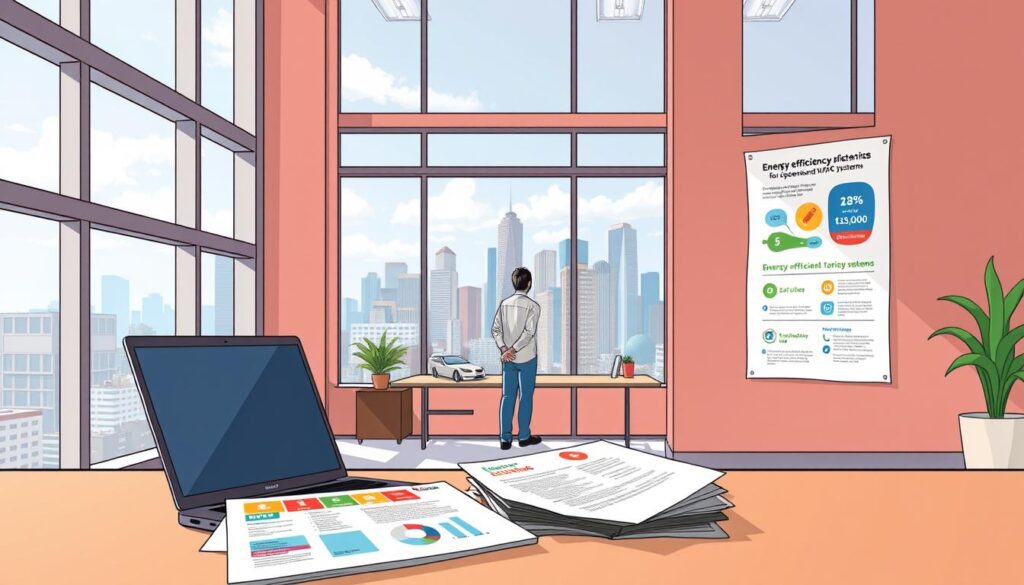
To make energy-efficient HVAC upgrades more affordable, Arizona residents can leverage both local and federal incentives. These programs are designed to encourage homeowners to invest in energy-efficient systems, reducing overall energy consumption and environmental impact.
SRP Cool Cash™ Rebate Program Overview
The SRP Cool Cash™ program is a local incentive offered to Arizona homeowners who upgrade to energy-efficient air conditioning systems. This program provides rebates for qualifying HVAC equipment, helping to offset the initial cost of the upgrade. By participating in SRP Cool Cash™, homeowners can enjoy a more comfortable living space while reducing their energy bills.
Federal Tax Credits Through the Inflation Reduction Act
The Inflation Reduction Act of 2022 has significantly expanded tax credits for energy-efficient home improvements. Homeowners can now claim a 30% tax credit for qualified HVAC upgrades, with specific caps for different equipment types. For instance, heat pumps qualify for up to $2,000 in tax credits, while central air conditioners can receive up to $600.
These federal tax credits are not deductions; they directly reduce the amount of tax owed dollar-for-dollar. Moreover, they can be combined with utility rebates like SRP Cool Cash™ for maximum savings. The annual cap for these tax credits is $3,200, allowing homeowners to strategically plan upgrades across tax years.
| Equipment Type | Tax Credit Cap |
|---|---|
| Heat Pump | $2,000 |
| Air Conditioners | $600 |
| Insulation and Air Sealing | $1,200 |
| Electrical Panel and Wiring | $600 |
By understanding and utilizing these incentives, Arizona homeowners can make significant strides in energy efficiency while enjoying substantial savings.
Qualifying AC Systems and Equipment
Qualifying for AC rebates in Arizona involves more than just purchasing a new system; it requires meeting specific efficiency and equipment standards. To maximize your savings, it’s essential to understand what makes your air conditioning system eligible for rebate programs.
The Arizona rebate programs, such as SRP Cool Cash™, have specific requirements for different types of air conditioning systems. Understanding these requirements is the first step towards a successful rebate application.
Central AC and Heat Pump Requirements
Central air conditioning and heat pump systems must meet specific efficiency standards to qualify for rebates. These systems are rated based on their SEER2 ratings, which measure their cooling efficiency over an entire cooling season.
As stated by the Department of Energy, “The SEER2 rating is a more accurate measure of a system’s efficiency in real-world conditions.” This means that homeowners should look for systems with high SEER2 ratings to ensure they are getting the most energy-efficient system.
Mini-Split Systems Eligibility
Mini-split systems are also eligible for rebates, provided they meet the required SEER2 ratings. These systems are particularly popular in Arizona due to their flexibility and efficiency in cooling individual rooms or zones.
SEER2 Ratings Explained
The SEER2 rating is a measure of a system’s cooling efficiency over an entire cooling season. It is calculated by dividing the cooling output by the energy consumed. A higher SEER2 rating indicates greater efficiency and lower operating costs.
For example, a system with a SEER2 rating of 15.2 is more energy-efficient than one with a rating of 14.3. Homeowners can expect significant savings on their energy bills by choosing a system with a higher SEER2 rating.
As the Department of Energy transitioned from SEER to SEER2 in 2023, consumers now have a more accurate measure of a system’s efficiency. While higher SEER2 systems may cost more upfront, the savings and available incentives often make them more economical in the long run.
How to Qualify for Arizona AC Rebates
Qualifying for Arizona AC rebates involves meeting specific eligibility requirements set by utility companies and government programs. To benefit from these incentives, homeowners must understand the criteria and ensure their existing residence meets the necessary conditions.
SRP Cool Cash™ Eligibility Requirements
The SRP Cool Cash™ program offers rebates for energy-efficient air conditioning systems. To be eligible, homeowners must:
- Own an existing primary residence or second home in Arizona.
- Purchase and install qualifying AC equipment.
- Ensure the installation is done by a licensed professional.
Meeting these requirements is crucial for receiving rebates under the SRP Cool Cash™ program.
Federal Tax Credit Qualification Criteria
Federal tax credits are available under the Inflation Reduction Act for homeowners who upgrade to energy-efficient AC systems. The key qualification criteria include:
- The AC system must be installed in an existing primary residence or second home.
- The equipment must meet specific energy efficiency standards.
- Homeowners can claim a tax credit of 30% of the equipment and installation costs, subject to certain caps.
- Heat pumps qualify for up to $2,000, while central air conditioners are capped at $600.
- The annual cap for combined energy efficiency tax credits is $3,200.
These tax credits are available through December 31, 2032, providing ample time for homeowners to plan their upgrades.
The Application Process for AC Rebates
Arizona homeowners can significantly benefit from AC rebates by following a simple and structured application process. To ensure a smooth application, it’s essential to understand the steps involved and the required documentation.
Step-by-Step Guide to Applying for SRP Rebates
Applying for SRP rebates involves a straightforward process that starts with ensuring your AC system meets the eligibility criteria. Your contractor will play a vital role in this process, providing necessary documentation and technical information. To apply, you will need to submit an application through the SRP website or via email, making sure to include all required documentation.
Required Documentation and Paperwork
The success of your rebate application largely depends on the completeness and accuracy of the documentation provided. Key documents include a paid-in-full itemized invoice or receipt, AHRI reference number, model/unit number, coil model number, furnace model number (if applicable), system type, compressor type, and size of the system in tons. A signed Contractor Terms and Conditions agreement is also mandatory.
- A paid-in-full itemized invoice or receipt that clearly shows all equipment and installation costs.
- Technical information such as AHRI reference number, model numbers, system type, and compressor type.
- The size of the system in tons, as rebates are calculated per ton of cooling capacity.
- A signed Contractor Terms and Conditions agreement for application approval.
To ensure you have all necessary documents, it’s recommended to download the SRP Cool Cash Rebate checklist. Most of the technical documentation will be provided by your contractor, highlighting the importance of working with knowledgeable professionals.
| Required Document | Description | Provided By |
|---|---|---|
| Paid-in-full itemized invoice or receipt | Shows all equipment and installation costs | Contractor |
| AHRI reference number | Technical information for the AC system | Contractor |
| Model/Unit number | Specific details about the AC unit | Contractor |
| Signed Contractor Terms and Conditions agreement | Mandatory for application approval | Contractor/Homeowner |
Potential Savings and Benefits
Energy-efficient HVAC systems are not only beneficial for the environment, but they also offer substantial benefits for homeowners. By reducing energy consumption, these systems contribute to a more sustainable future while lowering utility bills.
Estimated Energy Cost Savings
Homeowners can expect significant reductions in their energy bills by upgrading to energy-efficient AC systems. According to recent data, efficient systems can lead to considerable savings, especially during peak summer months when energy demand is highest.
Rebate and Tax Credit Amounts
Arizona residents can take advantage of various rebate programs and tax credits to offset the initial cost of new energy-efficient AC systems. Programs like the SRP Cool Cash™ Rebate offer financial incentives for qualifying systems, making the upgrade more affordable. For more information on the benefits of maintaining your HVAC system, visit this page.
Environmental Benefits of Energy-Efficient Systems
Energy-efficient AC systems play a crucial role in reducing carbon emissions and mitigating environmental impact. By using less energy and modern refrigerants with lower global warming potential, these systems help decrease the strain on the electrical grid and contribute to a cleaner environment. As noted, “Every degree cooler in your living room is a degree warmer for the planet’s future.” This aligns with the growing trend toward energy efficiency, as seen in the 42% of new homes built in Arizona in 2022 that earned an “Energy Star” badge.
Moreover, proper sizing and installation of these systems optimize their performance and minimize environmental impact. The environmental benefits are closely tied to economic benefits, creating a win-win situation for both homeowners and the planet. Energy-efficient homes often have higher resale values, adding another layer of advantage to upgrading AC systems over time, enhancing comfort at home.
Making the Most of Your AC Upgrade Investment
To maximize your AC upgrade investment, consider factors beyond just rebates and tax credits. Working with a participating contractor who understands rebate requirements and industry specifications is crucial.
They can help you choose the best air conditioning system for your home and ensure it’s installed according to industry standards, guaranteeing peak efficiency. In addition to a new AC system, consider complementary upgrades such as smart thermostats, duct sealing, and attic insulation.
These enhancements can significantly improve your system’s performance and overall energy efficiency. Various rebate programs are available for these upgrades, including smart thermostat rebates and insulation rebates. Lower-income households in Arizona may also benefit from the Weatherization Assistance Program (WAP).
Regular maintenance is vital to preserving system efficiency and extending equipment life. Creating a comprehensive home energy efficiency plan can maximize comfort and savings. After installation, monitor your energy usage to verify performance and identify optimization opportunities.
